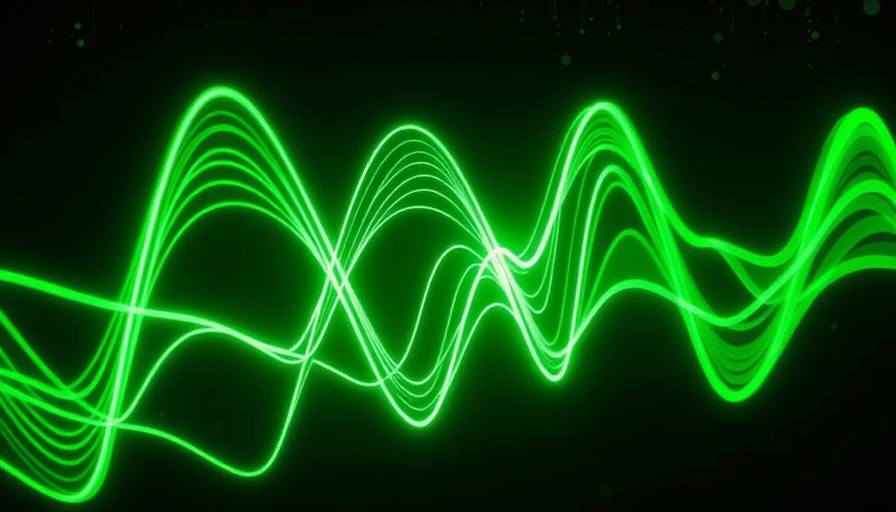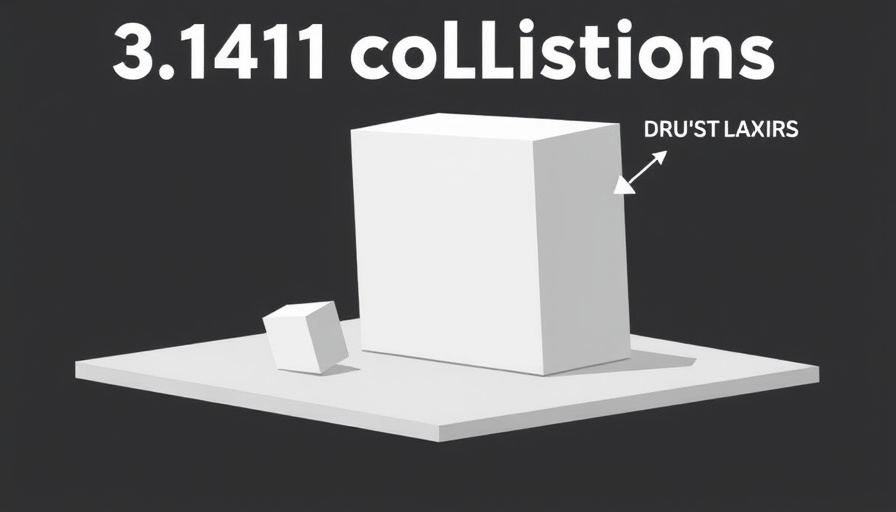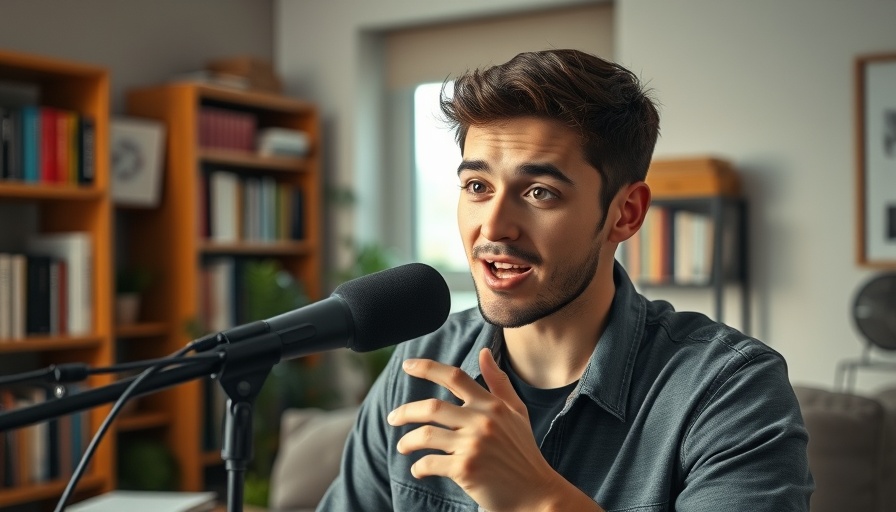
Understanding Our Ephemeral Existence
In a world saturated with both physical and digital traces of ourselves, the question of how we will be remembered looms large. The intriguing video titled All The Ghosts You Will Be draws attention to the fleeting nature of existence and the myriad of ways we leave behind echoes of ourselves, both cherished and obscure. From scientific perspectives to philosophical musings, we explore how a single life interacts with billions of others, straddling the line between significance and anonymity.
In All The Ghosts You Will Be, the discussion dives into how our actions and digital footprints shape our legacies, exploring key insights that sparked deeper analysis on our end.
Counting the Ghosts of Humanity
Currently, there is an astounding estimate of 117 billion individuals who have ever been born throughout human history. Yet, the paradox of life is expressed in the painful truth that while we share fleeting moments with so many, we will ultimately remain strangers to most. Each year, a quarter cup of life departs us, with increasing numbers born to offset this inevitable loss. Thus, the fabric of society continually reshapes as new generations step into existence, carrying the imprints of their predecessors.
Our Digital Footprints: The Age of Documentation
As digital natives, we find ourselves navigating a landscape of high documentality. Every social media post, comment, and interaction acts as a spectral trail that defines our 'ghost' in the virtual realm. The rise of technology has enabled greater preservation of memories than ever before, creating more ways for our legacies to endure. As documented by the renowned figures Frederick Douglass and Sojourner Truth, self-portrayal through images was once a nature of power, and now, in an internet age, we can control the narrative of our existence, transcending typical forms of remembrance.
The Ripple Effect of Our Actions
One of the most profound ideas presented is that our actions have a ripple effect, manifesting invisible legacies that extend beyond our immediate presence. A tree planted today can nurture generations without anyone needing to remember the individual who sowed its seed. This notion dives into the butterfly effect; even small actions can lead to monumental consequences for the world, seeding connections that can change lives without direct acknowledgment.
Legacy Through Genetic Heritage
Interestingly, the video also delves into genetic continuity. Each person carries a blend of DNA that dwindles through generations, with descendants inheriting only a fraction of their ancestors' genetic material. This raises essential discussions about familial lineage, identity, and how we are, at best, intricate distillations of our predecessors. The genetic legacy we leave behind is mixed and diminished over time, much like memory.
Is Fame Worth Pursuing?
The definition of legacy brings to light whether fame serves a purpose. While some seek to bolster their ‘nominal ghost’ through public notoriety, like a footnote inscribed in the annals of history, the yearning for significance can sometimes blur the line between truth and embellishment. A question posed—should we prioritize truth or the enhancement of our narrative?—lands heavily in the digital conversation.
The Weight of Modern Ghosts
In this burgeoning age of technology, where information swirls about us, the anxiety of being constantly documented surfaces. In a world influenced by social media, we share pieces of our lives in the hope of connection but often grapple with unsettling trends where validation feels as essential as breathing. As we continue sharing our lives online, we redefine what it means to live authentically amidst the ever-persistent presence of our digital ghosts.
Our Humanity in Technology
One essential takeaway from the video is how technology isn’t just a decorative element of our existence—it’s rooted in the essence of our shared humanity. The message isn’t about fearing being forgotten; rather, it resonates with an optimistic reminder to seize the day and engage with the world in a meaningful way. Life is a fleeting phenomenon, and our time to make an impact is set by our every action.
The Journey Forward
The exploration of our individual 'ghosts' challenges us to think critically about how we wish to craft our legacies. In a society where memory can feel both heavier and lighter with the relationships formed through screens, we are tasked with discerning what our memories should be focused on and how we will interact with those who come after us.
As you reflect on the layers of existence presented in this article, consider taking action today—whether it's planting a tree, sharing your story, or simply being present for those around you. Every small change can create ripples that may become echoes for generations to come.
 Add Row
Add Row  Add
Add 




Write A Comment